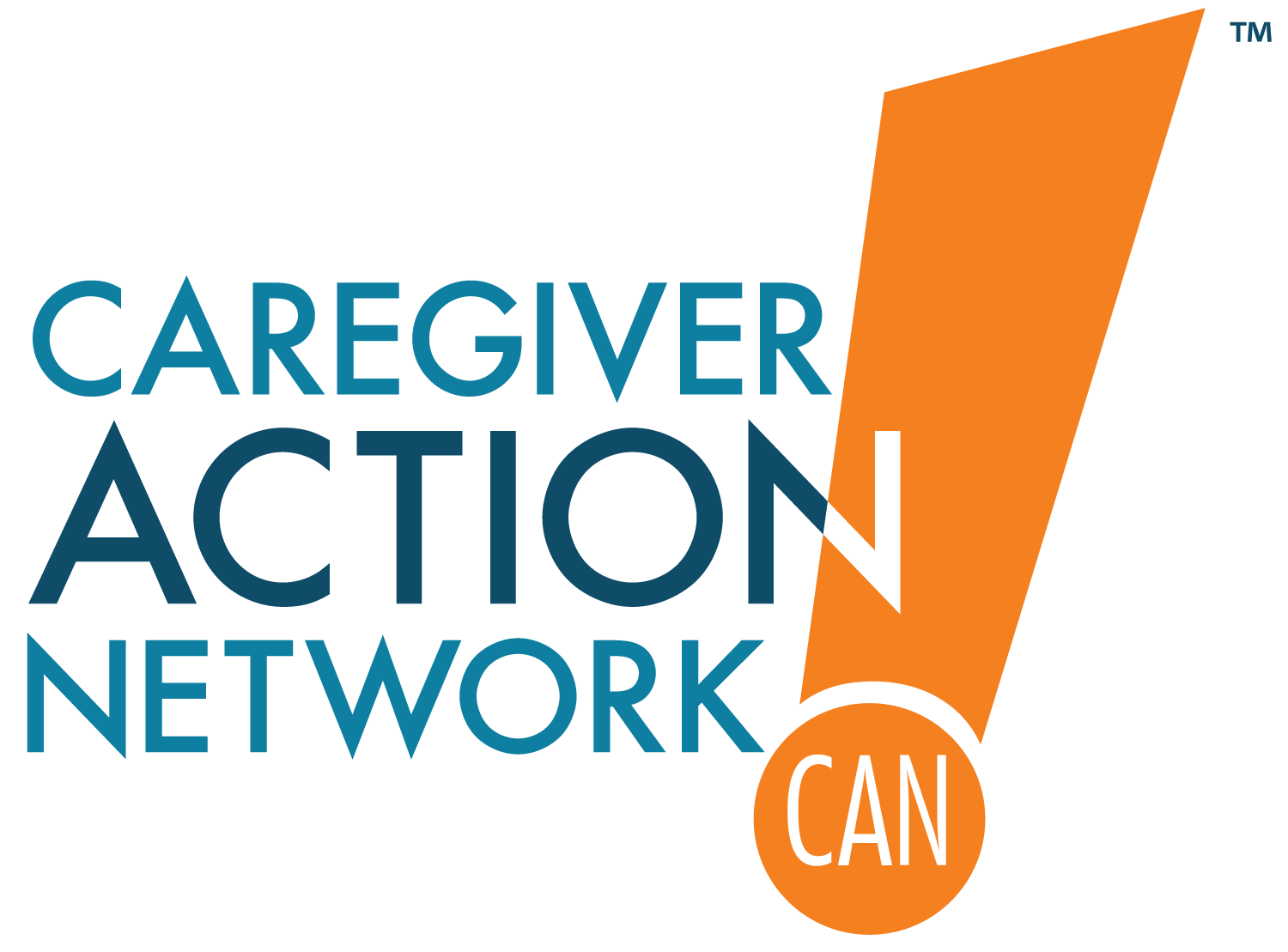
When a loved one is diagnosed with leukemia, Hispanic and Latinx families often face added challenges that make caregiving even more difficult.
After diagnosis, navigating a complex cancer care system can feel overwhelming when there are few Spanish-speaking providers or interpreters, leaving caregivers worried they might miss an important instruction about medications or treatment. There is also a lack of Spanish-language materials.
Many families also face financial strain, since taking time off work to provide care is not always possible, especially when jobs don’t offer paid leave or flexibility.
When a loved one is diagnosed with leukemia, Hispanic and Latinx families often face added challenges that make caregiving even more difficult.
After diagnosis, navigating a complex cancer care system can feel overwhelming when there are few Spanish-speaking providers or interpreters, leaving caregivers worried they might miss an important instruction about medications or treatment. There is also a lack of Spanish-language materials.
Many families also face financial strain, since taking time off work to provide care is not always possible, especially when jobs don’t offer paid leave or flexibility.
On top of that, not having consistent health insurance or access to culturally sensitive care can delay treatment or create extra stress.
These obstacles leave caregivers carrying not only the emotional weight of a leukemia diagnosis, but also the burden of navigating complex systems that aren’t always built to support them.
Hispanic/Latinx populations, particularly children and adolescents, experience a higher rate of leukemia than any other racial or ethnic group.
The Hispanic/Latinx population is underrepresented in clinical trials, which provide patients with access to potentially life-saving or cutting-edge therapies that may improve their prognosis.
As a result, the unique aspects of leukemia in this population, including potential biological and genetic differences, are not sufficiently studied.
This can lead to a lack of data-driven, tailored treatment strategies for this group, potentially worsening existing disparities in survival and long-term outcomes.
